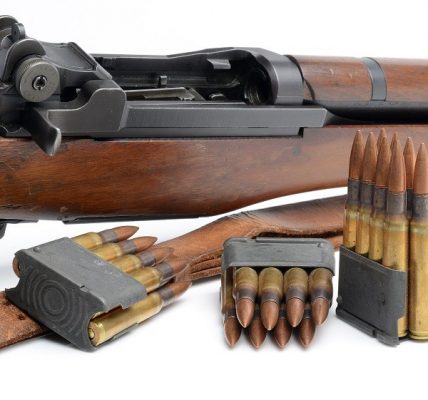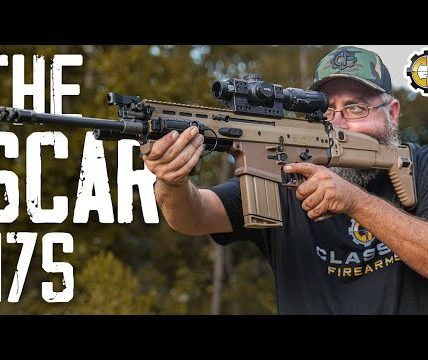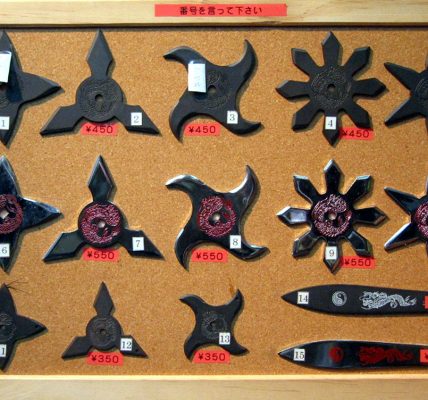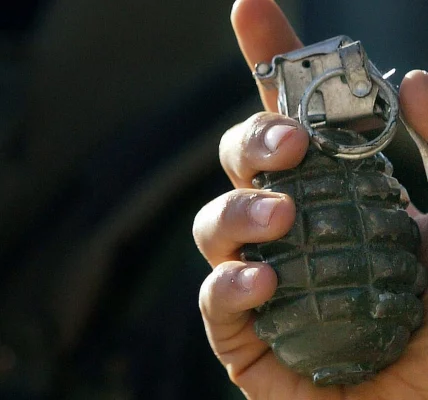Machine guns, with their ability to fire multiple rounds rapidly, have played a crucial role in warfare for over a century. These powerful weapons have transformed the nature of combat, revolutionizing tactics and strategies.
Origins and Evolution
The origins of machine guns can be traced back to the late 19th century. Early machine guns were often large, heavy, and difficult to operate. However, advancements in technology and materials led to the development of more portable and efficient designs.
One of the earliest successful machine guns was the Maxim gun, invented by Sir Hiram Maxim in 1884. This weapon used the recoil of each shot to eject the spent cartridge and load the next round, allowing for sustained fire.
Types of Machine Guns
There are several types of machine guns, each with its own unique characteristics:
- Light machine guns (LMGs): These are smaller and lighter than general-purpose machine guns, making them more portable and suitable for infantry use.
- General-purpose machine guns (GPMGs): These larger and heavier machine guns are often mounted on vehicles or tripods. They are capable of delivering sustained fire over long periods.
- Heavy machine guns (HMGs): These are extremely powerful machine guns that are typically mounted on vehicles or fortifications. They are designed for anti-aircraft and anti-tank roles.
Military Use
Machine guns have been used in warfare since the late 19th century. They were particularly effective in trench warfare during World War I, where they could be used to suppress enemy fire and break up enemy formations.
In modern warfare, machine guns are still a valuable asset. They are used for a variety of purposes, including:
- Suppressive fire: Machine guns can be used to suppress enemy fire and prevent them from advancing.
- Anti-personnel: Machine guns can be used to inflict casualties on enemy troops.
- Anti-air defense: Some machine guns are equipped with anti-aircraft sights and can be used to shoot down enemy aircraft.
Technological Advancements
Machine guns have undergone significant technological advancements over the years. Modern machine guns are often equipped with advanced features such as:
- Lightweight materials: Modern machine guns are made from lightweight materials such as aluminum and composite plastics, making them more portable and easier to handle.
- High-capacity magazines: Machine guns can now hold large numbers of rounds, allowing for sustained fire.
- Advanced optics: Many machine guns are equipped with high-powered scopes and other optical devices.
- Selective fire: Some machine guns allow the operator to choose between single-shot and automatic fire modes.
Controversies and Regulations
The use of machine guns has been a controversial topic in many countries. Some argue that these weapons are too powerful and should be restricted to military use. Others contend that they are necessary for self-defense and law enforcement.
The regulation of machine guns varies widely from country to country. In some countries, they are strictly prohibited for civilian ownership, while in others, they are subject to strict licensing requirements.
Conclusion
Machine guns have played a significant role in military history and continue to be a valuable tool for armed forces around the world. Their power and versatility have made them a symbol of modern warfare. However, the use of machine guns also raises important ethical and legal questions.




